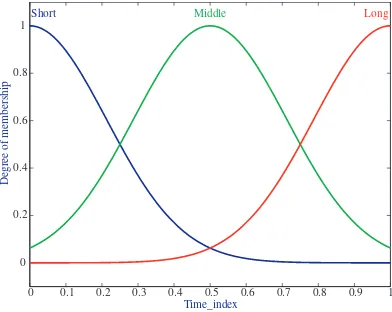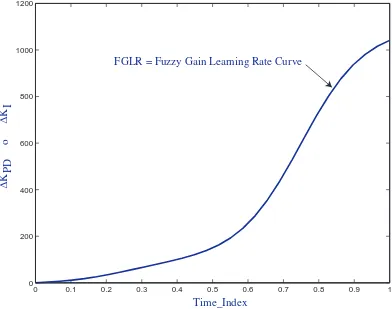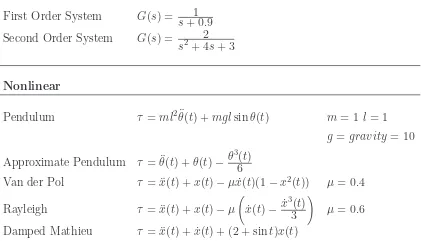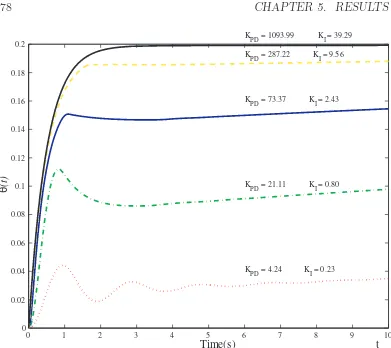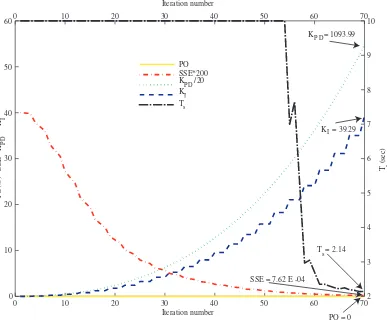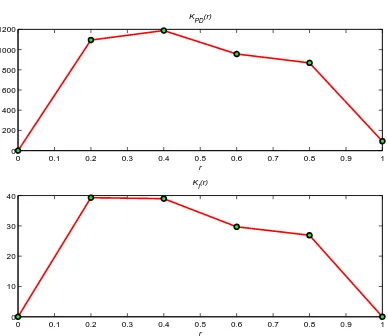Hybrid Self-Learning Fuzzy PD + I Control of Unknown SISO Linear and Nonlinear Systems
Texto completo
Figure
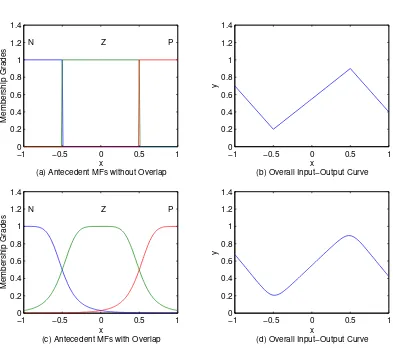
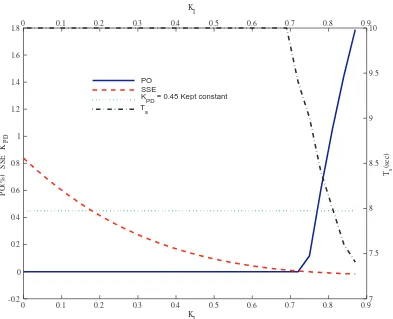
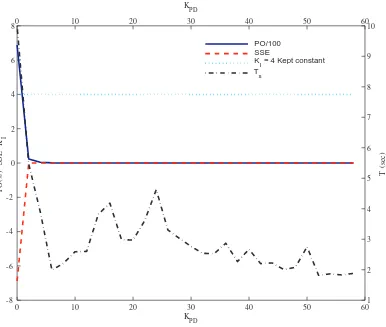
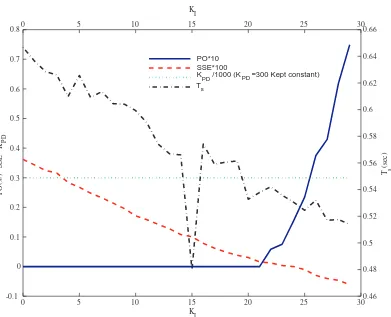
Documento similar
A Youth Club that is created on the basis of a participation structure that looks after the participatory self-enhancement of the people involved generates a process of learning
The data for learning self-regulation (higher values in this variable mean that the students used more strategies oriented to learning goals) is coming from the
In this context, the cooperative learning is one of the techniques that fosters this change, since it suggests new manners of learning with work methods that characterize
Due to this, the design of the proposed neural network architecture is based on learning structures and focused on non-linear problems, such as the mentioned temperature
In this contribution, a novel learning architecture based on the interconnection of two different learning-based 12 neural networks has been used to both predict temperature and
The recent exponential growing of machine learning techniques (data-mining, deep-learning, manifold learning, linear and nonlinear regression techniques ... to cite but a few) makes
Controllability, free boundary problems, viscous Burgers equation, thin-flm equation, porous medium equation, degenerate parabolic equation, Stefan problem, phase
Figure 7 presents the forest plot for the 27 effect sizes of self-assessment interventions for self-efficacy. These results support the positive effect of self-assessment
